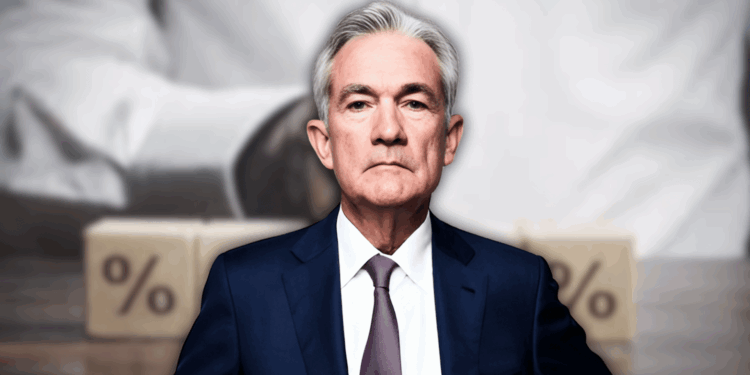- Powell hinted at rate cuts possibly arriving sooner—but only if inflation remains contained and the labor market shows signs of softening.
- Tariffs pose a temporary risk to inflation, but the Fed expects it to be a one-time bump, not a long-term problem.
- Markets now expect the first cut in September, not July, with investors watching summer inflation data closely to gauge timing.
Fed Chair Jerome Powell signaled a possible shift in U.S. monetary policy this week, suggesting that interest rates could decline sooner than expected—if inflation behaves. The Federal Reserve’s stance remains cautious, focused on gathering data, but the tone has shifted slightly toward a more optimistic outlook.
Holding Steady—But Eyeing Cuts Later
At its June meeting, the Fed left rates unchanged at 4.25–4.5%, citing stable growth, a solid labor market, and headline inflation hovering near 2%. However, projections from the Fed’s Summary of Economic Projections (SEP) still anticipate two quarter-point rate cuts by year-end, assuming inflation doesn’t accelerate further
Tariffs Are the Wild Card
Powell emphasized that incoming tariffs could push inflation higher over the summer, but noted it may be a temporary “one-time price level shift”.
He affirmed:
“We should start to see this over the summer… If inflation pressures remain contained, we will get to a place where we cut rates sooner rather than later.”
Essentially, the Fed is watching whether tariff-driven price jumps transmute into sustained inflation.
Pressure From Trump—and Some Fed Voices
President Trump has been vocal in demanding immediate rate cuts, describing Powell as “hard‑headed”.
Meanwhile, internal Fed debate is heating up. Trump‑appointed governors Waller and Bowman suggested rate cuts might come as early as July, though Powell held firm that no specific timeline is set.
What Could Trigger Sooner Cuts?
Powell laid out two conditions that could bring forward cuts:
- Inflation remains below expectations after the tariff “shock,”
- A softening in labor market indicators, such as rising unemployment or slower wage growth
He emphasized he wants to see data through the summer before committing to any rate adjustments.
Market Expectations: September Looks Likely
Markets have dialed back expectations for a July cut. Most now anticipate the first Fed cut in September, with a second possibly by year-end. According to FactSet’s data, there’s roughly an 80% chance of a cut in mid-September, down sharply from earlier in the spring .
Why This Matters for Investors
- Bond yields may pull back as cuts approach.
- Equity markets often rally ahead of Fed easing.
- Crypto and risk assets could benefit from lower rates—but remain sensitive to inflation and geopolitical shocks.
Staying alert to upcoming inflation data (especially June and July CPI/PCE reports) will be vital, as they largely determine how soon rate cuts materialize.
Bottom Line
Jerome Powell is signaling openness to rate cuts if inflation remains calm and the jobs market shows signs of easing. But the Fed is not rushing—they’re waiting for summer data, especially around tariff impacts.
For investors, this means positioning for a possible shift by September, not a near-term pivot. Monetary policy is in standby mode, ready to adapt—but only with confirmation from the economic data.














